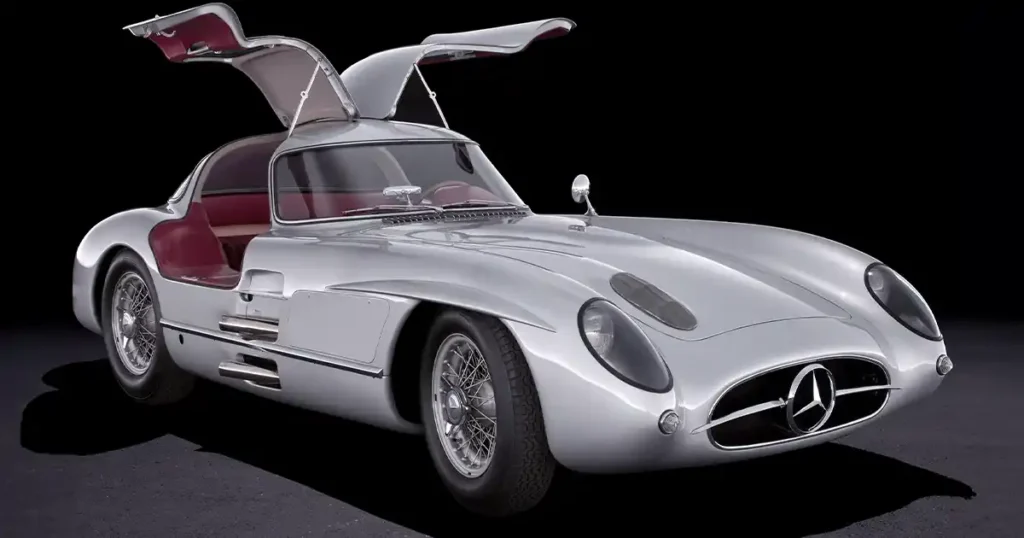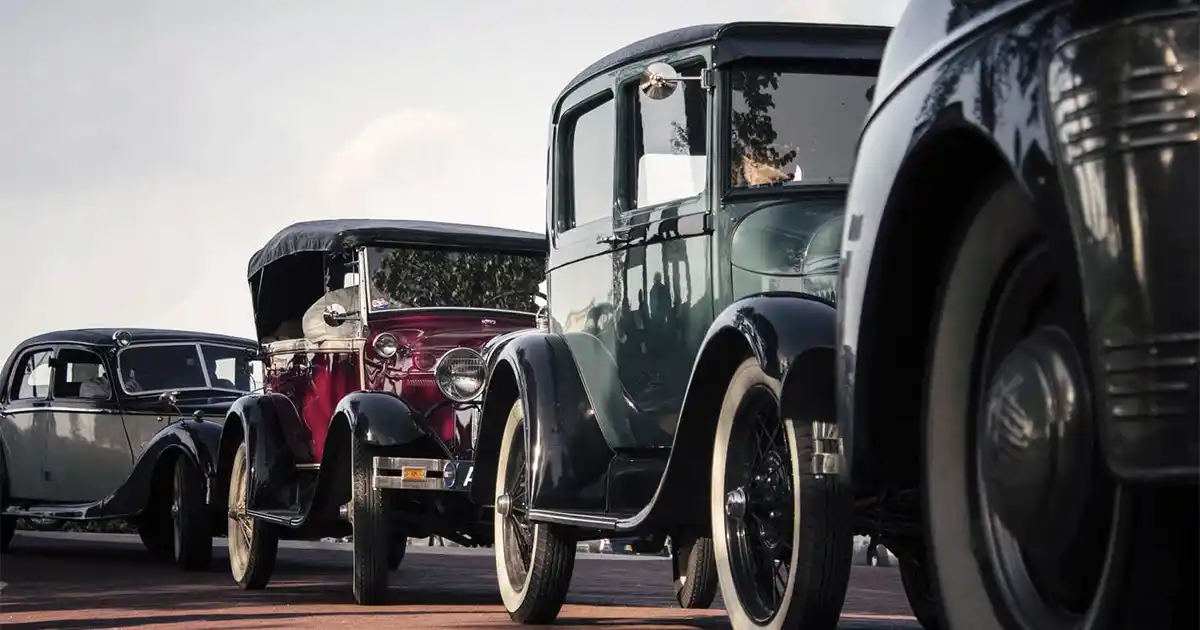Are you a passionate automotive enthusiast? Do you dream of owning iconic classic cars that not only ignite your soul but also potentially pad your wallet? Well, you’re not alone! Millions of people around the world are captivated by the allure of classic cars. Whether it’s that vintage muscle car from your college days or a meticulously restored Volkswagen Beetle, classic cars offer both nostalgic joy and investment potential. In this blog post, we’ll explore the exciting world of classic cars investing, from the high-end luxury classics to the hidden gems that might surprise you.
The Classic Cars Investing Market: A Road Less Traveled
Unlike traditional investments like stocks and bonds, classic cars have their own unique charm. While most cars lose value the moment they leave the dealership, classic cars often appreciate in value over time. The reasons behind this appreciation vary, whether it’s their rarity, exceptional performance, or distinctive features that make them stand out in the crowd. Classic cars, in general, tend to outperform other collectibles like stamps or comic books in terms of value appreciation. Plus, let’s not forget the thrill of actually driving these beauties on the open road.
Revving Up Your Portfolio: The Market for Classic Cars Invesing
The classic cars investing market has been on a remarkable journey over the past decade, outpacing collectibles like coins and stamps and sometimes even surpassing the broader stock market. Organizations like the Historic Automobile Group International (HAGI) closely monitor this market, with indexes like the HAGI Top Index that tracks vintage collectible cars from prestigious brands like Porsche, Ferrari, Bugatti, Alfa Romeo, and more. This index has shown impressive gains, even in the face of challenges like the pandemic.
Insurance giant Hagerty also has its finger on the pulse of the classic cars investing market, offering insights through its market index. This index, which adjusts for inflation and market activity, has been on an upward trajectory, hitting a five-year high in December 2021. Clearly, classic cars are more than just vehicles; they’re a dynamic investment class.
What Makes a Classic Cars Investing: Unveiling the Legends
What transforms a car into a coveted collectible? It’s a combination of factors that include historical significance, pioneering technology, and exceptional aesthetics. Classic cars that pushed the boundaries of innovation or had a racing pedigree tend to top the list. The association with renowned designers, racers, or builders like Raymond Loewy or Carroll Shelby adds to a car’s desirability. And, of course, prior ownership by celebrities like Steve McQueen, Paul Newman, or James Garner can send the value soaring. It’s a simple rule of thumb: if teenagers once plastered its picture on their bedroom walls, it’s likely a collector’s dream.
In many ways, investing in classic cars parallels the world of art. These investments not only hold value but also offer aesthetic enjoyment. Plus, classic cars can serve as a hedge against currency fluctuations, as they can be transported to countries with favorable exchange rates.
Navigating the Curves: Risks in Classic Cars Investing
As with any investment, classic cars invesing come with their own set of costs and risks. You’ll need to consider factors like capital gains tax when selling a profitable collectible. If the car is in poor condition, restoring it to concours condition (showroom-new) can be a seven-figure endeavor. Maintenance, storage, and insurance expenses are ongoing considerations. When it’s time to sell, you’ll also incur commissions, consignment fees, and transportation costs.
Investing in new or recently produced cars with hopes of future collectibility is a gamble. While some may get lucky, it’s unlikely that an inexpensive car will skyrocket in value within a short time frame. For instance, collectors who squirreled away Dodge Vipers in the ’90s hoping for appreciation were met with disappointment as prices remained relatively stagnant.
Similarly, Cadillac’s 1976 Eldorado was marketed as the last convertible the brand would offer, but history proved otherwise. These cars, once thought to be investments, now sell for significantly less than their original prices when adjusted for inflation.

Affordable Options or Illusions?
Even on the more affordable end of the collectible spectrum, uncertainty looms. Take the American-made Viper and Eldorado as examples. While they may seem accessible, their values can be unpredictable. In the case of the Ferrari Dino 246 GT, which sold for $14,500 in 1974, its price has skyrocketed to $48,000 on average, with the Ferrari Dino 246 GTS commanding a staggering $340,000.
When it comes to the ultimate collectible cars, the field is open to debate. Tastes evolve, private sales are hard to track, and the high-end market is populated by exceedingly rare cars with diverse histories. Few sales have crossed the $30 million mark in inflation-adjusted dollars, with Ferrari often leading the pack. Notably, a 1962 Ferrari 250 GTO sold for $48.4 million, and another reportedly exceeded $70 million in a private sale.
In summary, becoming a high-end car collector demands a substantial investment and comes with considerable carrying costs. As market tastes and economic conditions fluctuate, what was once a treasure could depreciate. It’s essential to choose your collectible carefully, keeping an eye on trends and avoiding over-inflated markets.
Classic cars, with their passion-inducing designs and remarkable histories, can be both a joy to own and a savvy investment. Whether you’re eyeing that sleek Italian masterpiece or a timeless classic, the world of car collecting offers an exhilarating ride that blends nostalgia, aesthetics, and financial potential. So, rev up your engines and explore the thrilling world of classic cars invesing!

